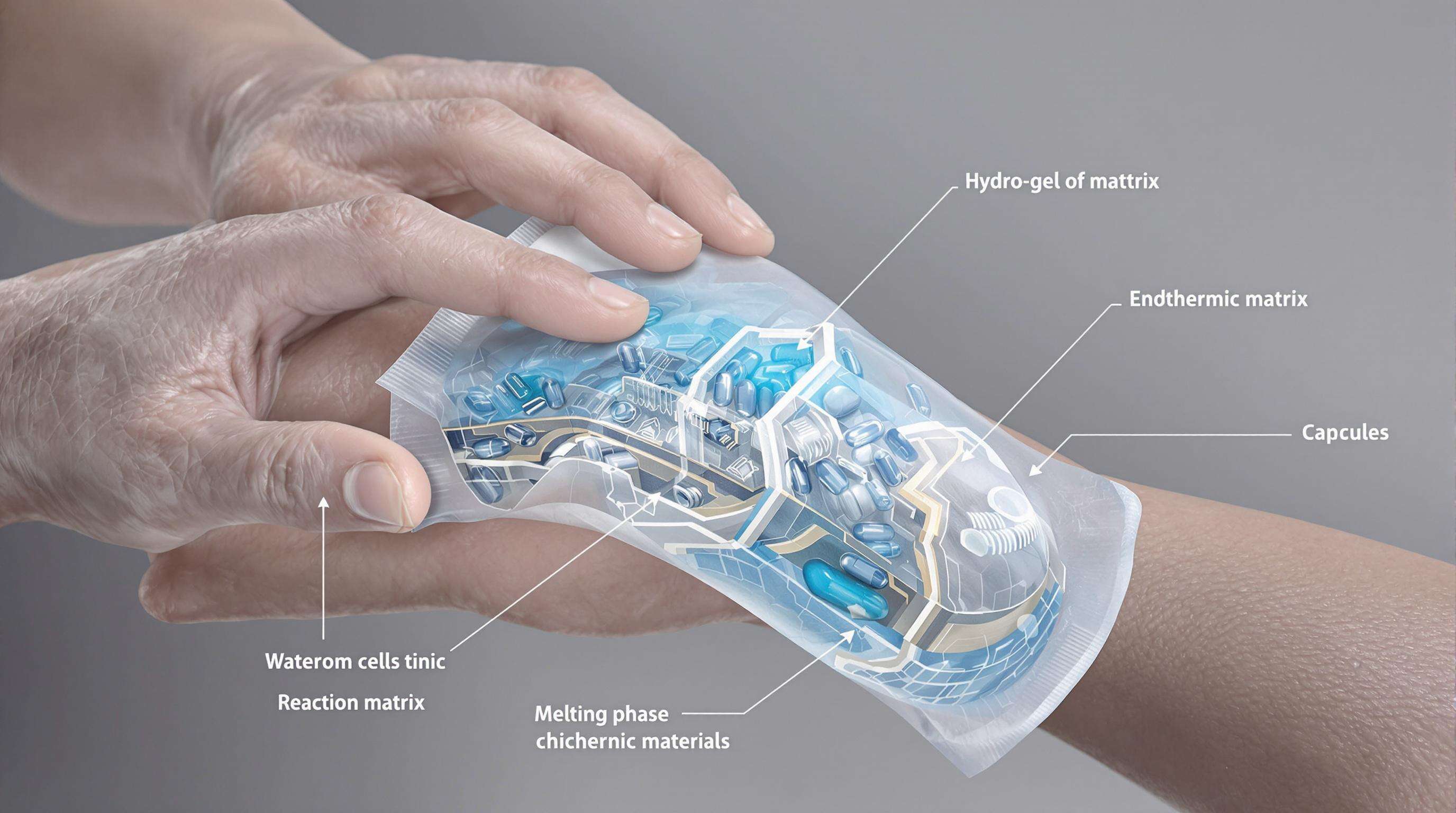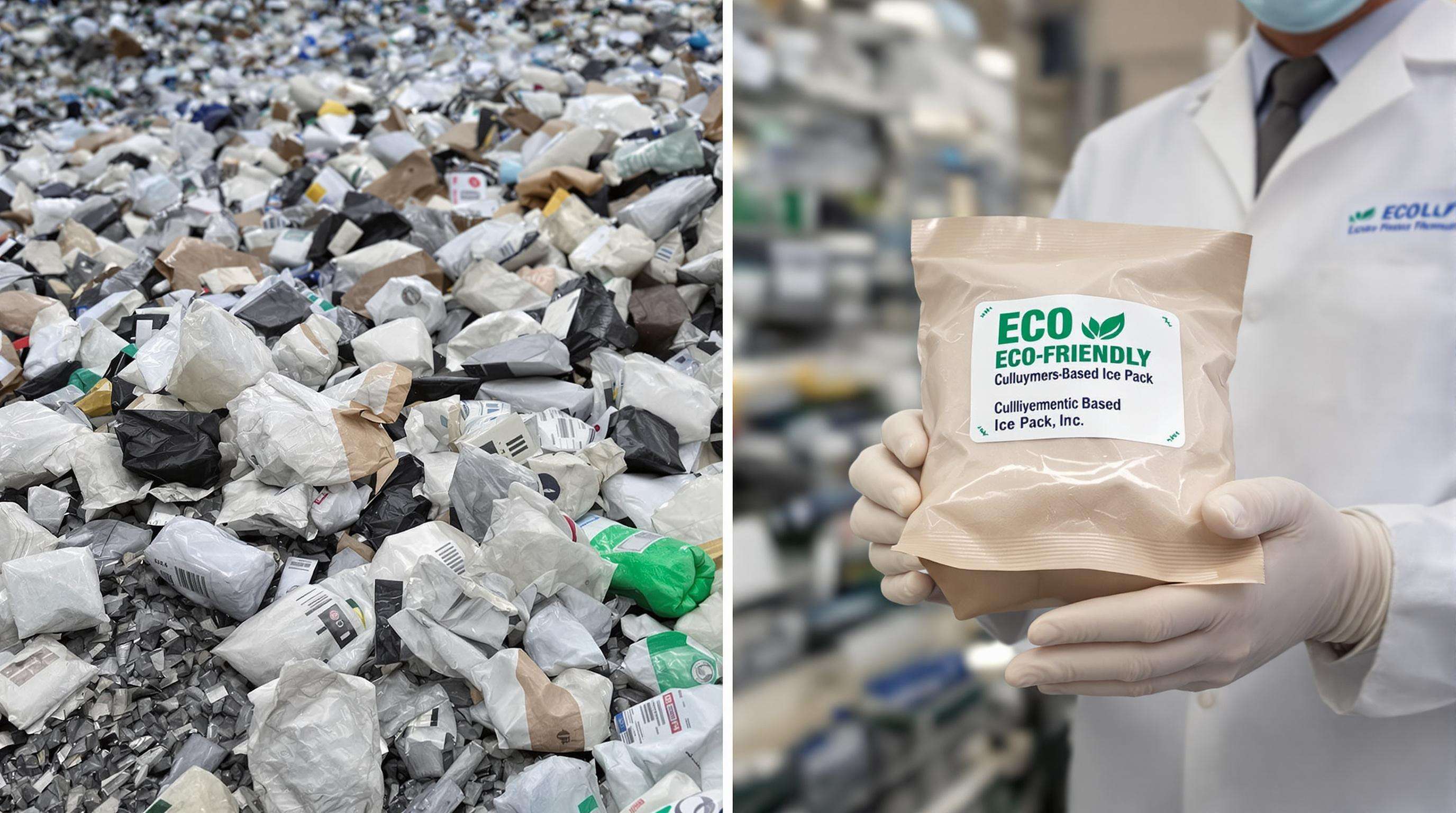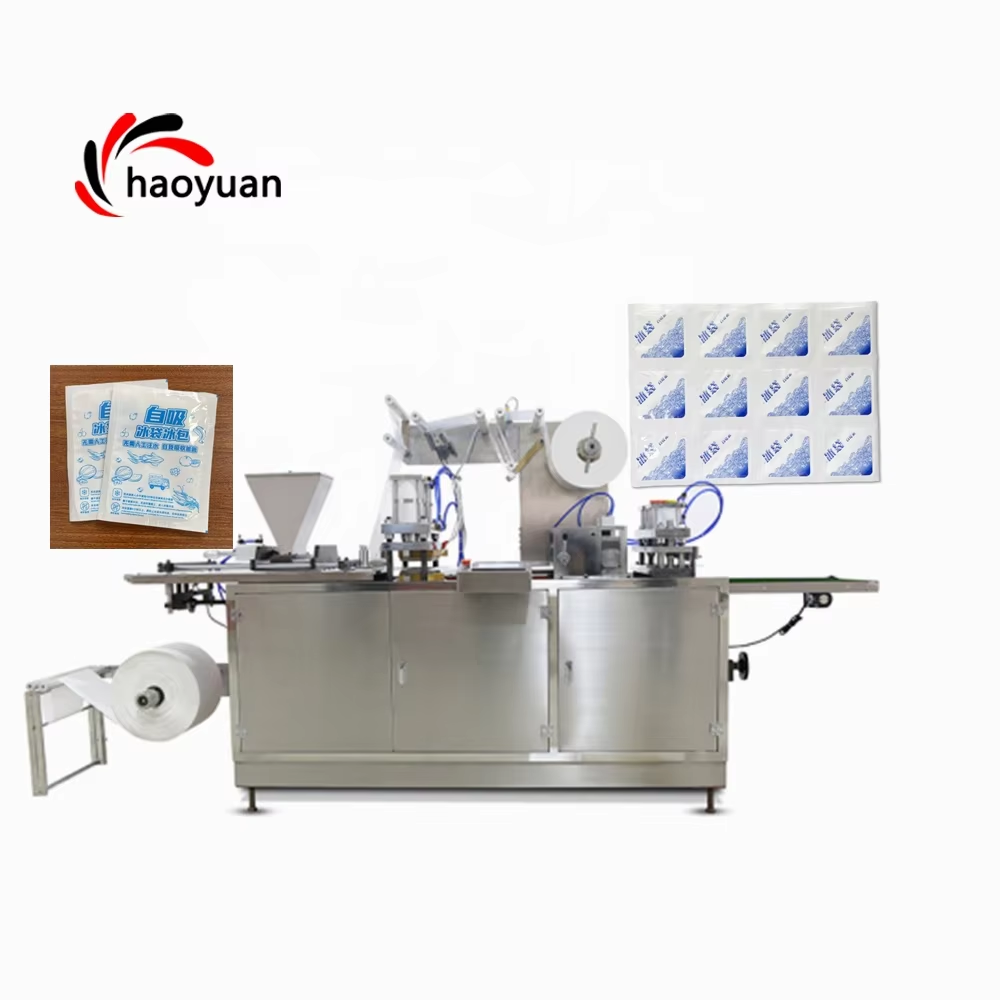Chemistry of Self-Absorbing Water Ice Bags
Self cushioning water ice bags Self-absorbing water ice bags revolutionize portable cooling with an innovative chemical engineering that makes them last longer than the gel pack of the past. The fundamental principle of both these devices is the utilization of superabsorbent polymers (SAP), a class of macromolecular compounds that create a hydrogel network to retain up to 300-500 times their weight in water. This change is effected when water is drawn into cross-linked polymer chains by osmosis and capillary action, to transform liquid into a solid gel in seconds. This instant gelation means there are no leaks and provides a stable thermal transfer medium – far superior to any typical ice pack.
Its effectiveness depends on hydrophilic functional groups (such as carboxylates) ionizing in water, providing electrostatic repulsion that swells the polymer network. This leaves millions of tiny water reservoirs ready to soak up the rays. One literature-reviewed, ScienceAsia-indexed study substantiated that absorbency is proportional to the degree of polymerization and cross-linking, and successful formulations maintain sustained hydration capacity of over 400ml/g.
From a thermodynamical point of view, the large specific heat capacity of the gel (4.18 J/g°C) facilitates heat dissipation from the injured tissues. The hydrogel framework also helps reduce convection currents, for more uniform cooling than regular crystalline ice. The chemically-stable Super Absorbent Polymers (SAPs) guarantee lack of toxicity during operation and make it possible to use the system without creating much degradation even after repeated re-hydration and dehydration – including sterilization through microwave for hygiene.
Essential Ingredients in Self-Absorbing Ice Pack Composition
Water-Absorbing Polymers Supercore
Water-absorbent polymers form the hydrogel core that enables rapid liquid immobilization in self-absorbing ice packs. These hydrophilic chains expand up to 500 times their dry weight upon hydration, creating a stable gel matrix. Sodium polyacrylate is commonly employed for its superior absorption capacity and non-irritating properties in medical applications.
Ammonium Nitrate Endothermic Agents
When ammonium nitrate is dissolved in water, there is an endothermic reaction (i.e., absorbs heat). The dissociation of NH₄NO₃(s) + H₂O(l) → NH₄⁺(aq) + NO₃⁻(aq) also absorbs about 25 J/g. This product, an inorganic compound, shows constant thermodynamics behavior and does not exceed the medical security limits at levels of less than 30%.
Phase Change Materials for Sustained Cooling
Encapsulated phase change materials (PCMs) supplement initial cooling with prolonged temperature regulation through reversible liquid-solid transitions. Fatty acid esters and hydrated salt solutions stabilize temperatures between 0-10°C for hours during the latent heat absorption phase.
Stabilizers and Safety Compounds
Antimicrobial actives such as benzalkonium chloride retard pathogen growth in hydrated gels for the extended time the gel remains in-situ on the skin. Acid agents (pH buffers) set an acidic environment to inhibit the formation of ammonia gas and rheology modifiers guarantee stable viscosity at storage temperature. Just as important, safety requirements demand exclusion of industrial refrigerants such as Freon, in favor of biocompatible materials that have risen to the challenge of ISO 10993 cytotoxicity testing.
Step-by-Step Cooling Mechanism

Self-absorbing ice bags achieve rapid heat extraction through precisely sequenced physical reactions. Unlike conventional ice, these packs sustain therapeutic temperatures longer while preventing tissue damage during direct-skin application - ideal for sprains or inflammation relief.
Triggering Endothermic Reactions in Cold Packs
Manual activation ruptures an internal water pouch, dissolving ammonium nitrate crystals. This dissolution breaks ionic bonds in an endothermic reaction absorbing 322 J/g of heat energy. Within 20 seconds, packs reach temperature differentials up to 30°C below ambient conditions.
Heat Absorption Dynamics
The dissolved salt solution aggressively draws surrounding thermal energy through molecular entropy changes. Pack interiors absorb 65-80 kJ/kg via hydrogen bond reorganization as water molecules envelop nitrate ions. This creates continuous heat flow from contact surfaces toward the pack's core.
Temperature Regulation Through Phase Transition
Phase change materials (PCMs) like paraffin wax capsules melt at 5-8°C thresholds. This phase shift buffers temperature fluctuations absorbing excess energy without warming - maintaining stable cooling windows for 30+ minutes critical for medical treatments.
Duration Factors in Cooling Applications
| Performance Factor | Impact Duration Range | Effect Mechanism |
|---|---|---|
| Reagent Volume | 15 minutes (+100%) | Larger ammonium nitrate quantity extends reactions |
| Insulation Thickness | 10 minute variance | 2mm foam reduces ambient heat influx by 30% |
| Ambient Temperature | ±40% duration span | Higher temperatures accelerate ionic diffusion rates |
Cooling persistence depends on environmental conditions and pack engineering. Industrial-grade versions use reinforced barriers to sustain operational temperatures for machinery cooling through 45-minute thermal cycles.
Medical and Industrial Cooling Applications
Trauma Treatment in Emergency Settings
Self-absorbing ice bags is an essential for emergency first aid and for repeated use in conditions such as: head injury, burn fever. Their quick chill reduces swelling by as much as 40%, risk of tissue damage and even injury vs traditional ice packs. Spinal packs, for stabilization of spinal injuries and post surgical inflammation control, and other conforming and long lasting heat retention packs.
Athletic Recovery for Sports Injuries
Instant cold therapy is the backbone of sports medicine in treating muscle tears and ligament strains. These ice-packs reduce recovery time by 18–24 hours and cause localized vasoconstriction resulting in decreased DOMS. Athletes are also using them in combination with contrast therapy—the alternating application of cold and heat—to speed up the removal of metabolic waste while training at high frequencies.
Industrial Machinery Temperature Control
Self-absorbing ice system are used in Industrial sectors for cooling of CNC machines, laser machines, semiconductor manufacturing industry to avoid overheating. They can cut thermal expansion errors by 32% and prolong the life of equipment by keeping machinery at less than or equal to 15°C during peak operations. Portable bags of ice are preferred in remote oil rigs and construction sites where permanent cooling equipment is not cost effective.
Veterinary Cooling Solutions Paradox
Veterinarians rely on everything from ice packs for pets to induce post-surgical recovery or treat heatstroke, however the fur's density is ineffective for transferring heat to the skin and cools down a pet's skin only 55%. Technological advances, like adhesive hydrogel layers, have now increased contact in non-planar (or uneven) animal anatomies, but species-specific emulsions are not well developed. Ironically, these packs are more successful when used on equine limb injuries compared to small animal torso applications.
Environmental Impact Controversy Analysis

The environmental impact of self-obsessing ice bags is still debatable: we put industry efficiency against nature care. Taking two opposite stances, marketers stress the “[optimized] chemical payloads that will help save 40% in supply chain emissions” and detractors underline the “unresolved trend in evolving polymer disposal, as 85% or more of units go into landfills” and may leach endothermic compound into water sources. The latest report finds those made of cellulose have a much lower impact and reduce microplastic pollution by 63% compared to the business-as-usual scenario, but their production costs are still 22% higher. Regulatory Variations in Management of Chemical Waste Regulatory shortfalls in regulations on managing chemical waste also complicate the claim of a unified commitment to sustainability.
Operational Guidelines for Self-Absorbing Ice Bags
To optimize performance and safety when using water-activated cold therapy devices:
- Activation Protocol: Submerge the pack in room-temperature water for 45-60 seconds until polymer saturation occurs, then gently squeeze to distribute cooling agents evenly.
- Application Best Practices: Apply through a protective cloth layer, limiting direct skin contact to 20-minute intervals to prevent cryotherapy-related tissue damage.
- Post-Use Handling: Rinse residual ammonium nitrate compounds under running water and air-dry components before resealing for storage.
- Disposal Compliance: Follow regional guidelines for disposing of endothermic reaction byproducts, referencing sustainable waste management recommendations to minimize environmental impact.
FAQ Section
What are self-absorbing water ice bags?
Self-absorbing water ice bags utilize superabsorbent polymers to transform water into a gel, providing effective cooling without leaks.
How do self-absorbing ice bags work?
They use superabsorbent polymers and ammonium nitrate in an endothermic reaction to absorb heat and maintain low temperatures.
What are the primary components of self-absorbing ice bags?
Key components include water-absorbing polymers, ammonium nitrate, phase change materials, stabilizers, and safety compounds.
Are these ice bags environmentally friendly?
Environmental impact is controversial; while some materials have lower impacts, disposal practices are still debated.




